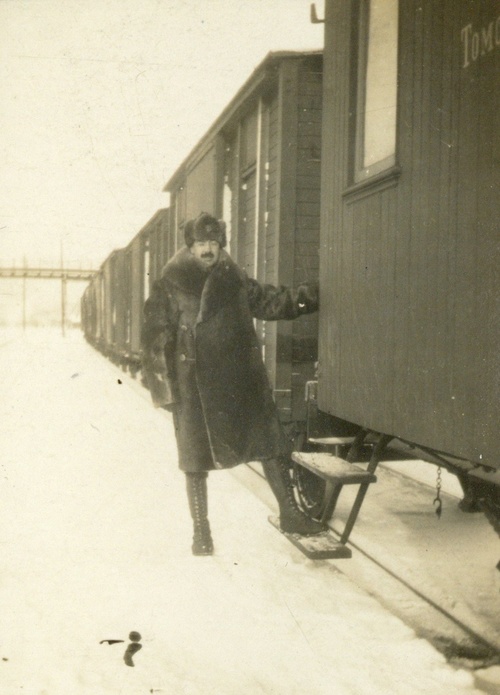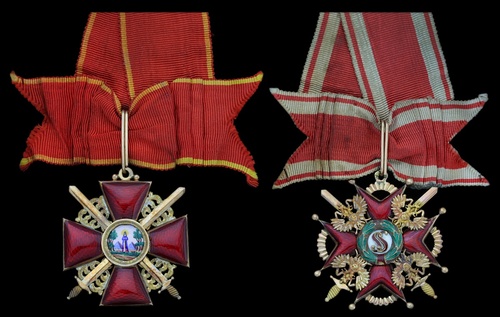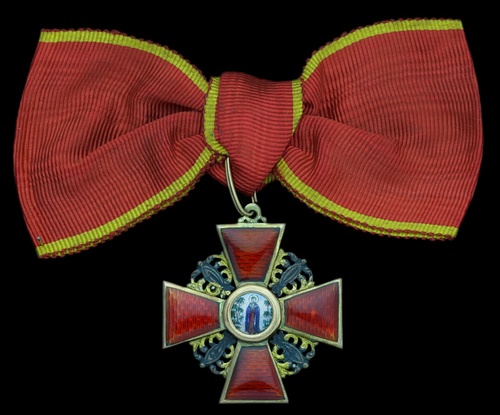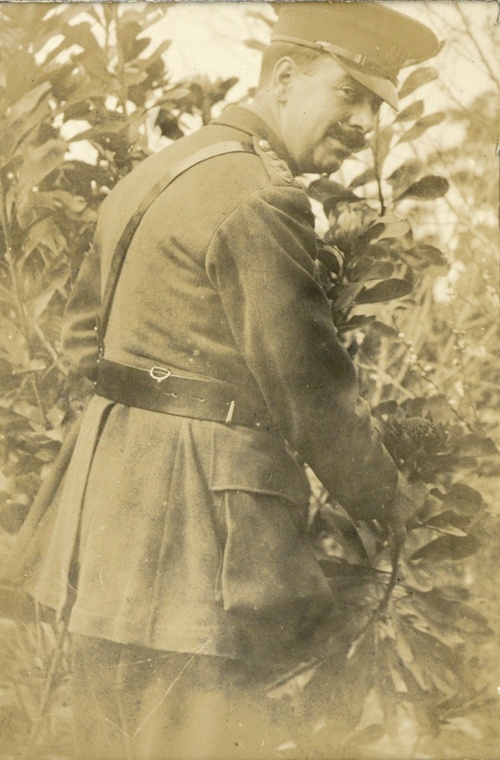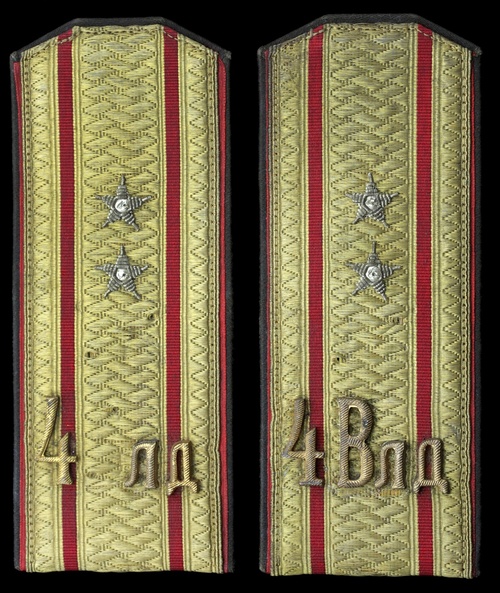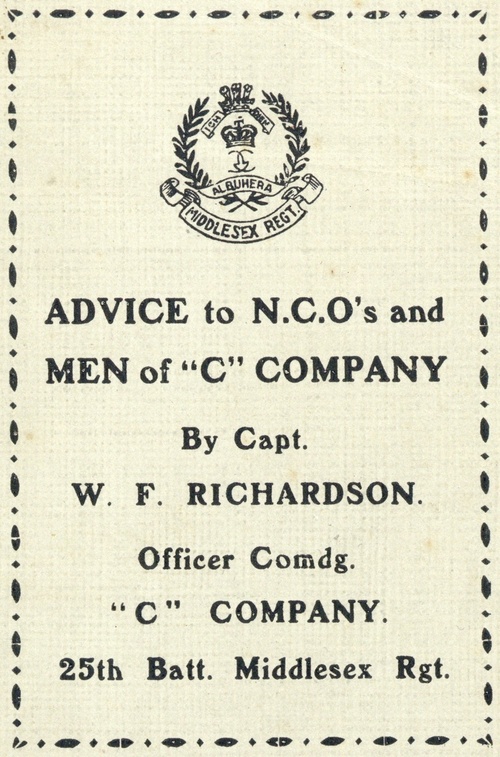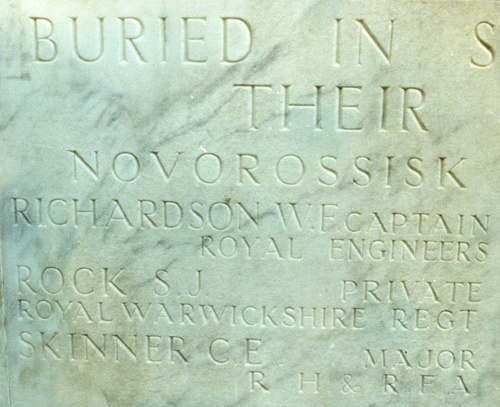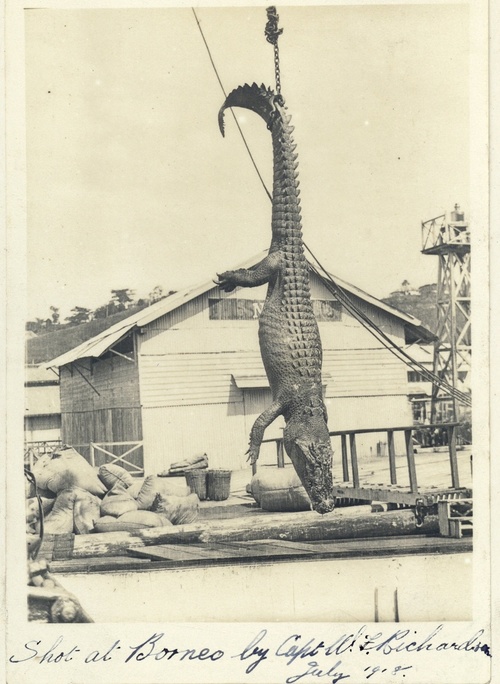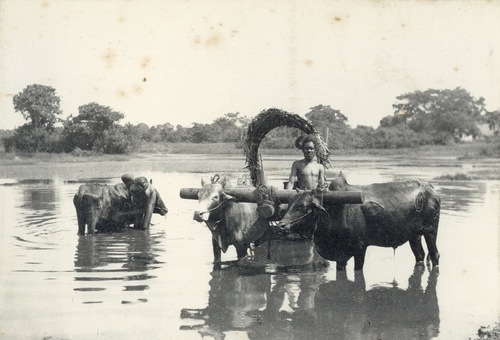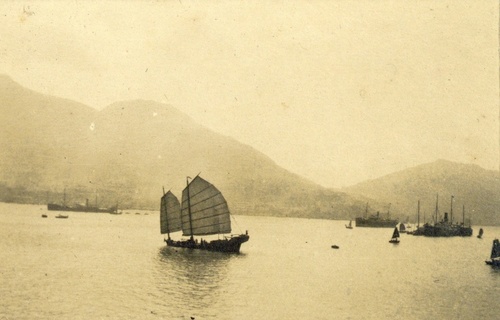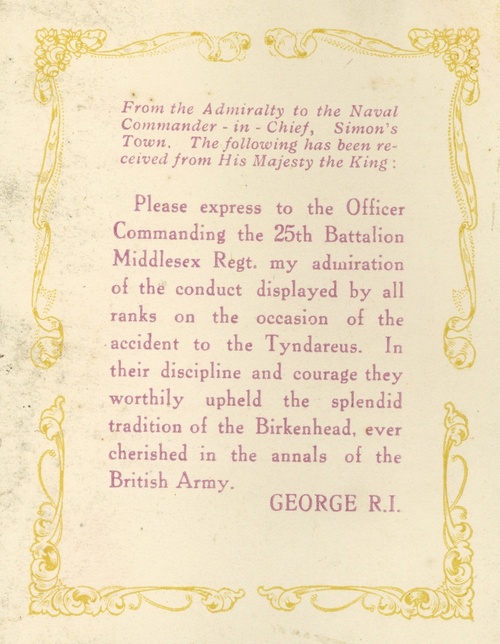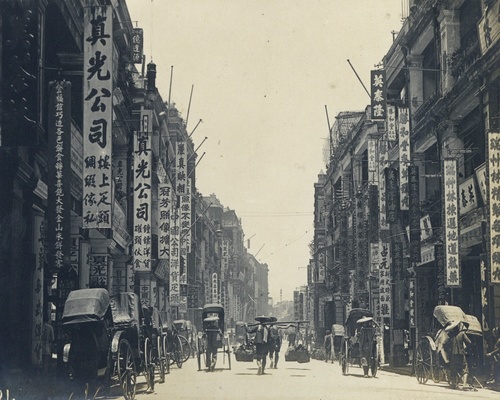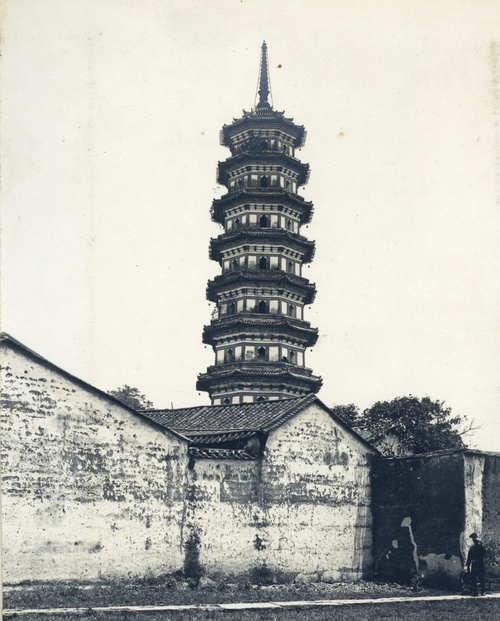Auction: 20001 - Orders, Decorations and Medals - conducted behind closed doors
Lot: 701
The fascinating 'Allied Intervention' group of six to Captain W. F. Richardson, Middlesex Regiment, decorated by the White Russians for his outstanding services at the Black Sea port of Novorossisk in 1919-20
Having meticulously recorded his adventures in large photograph albums, Richardson was revered by the Cossacks and greatly missed after he died of pneumonia on active service with General Denikin in 1920
Earlier in his career, Richardson was present aboard the troopship S.S. Tyndareus when she was sunk by a German mine off the coast of South Africa; with extraordinary discipline reminiscent of the Birkenhead disaster, the 25th Middlesex stood calmly to attention while the boats were lowered and every man was saved
British War and Victory Medals 1914-19 (Capt. W. F. Richardson.); Russia, Imperial, Order of St. Anne, Civil Division, 3rd Class breast Badge, by Eduard, St. Petersburg, 35 x 35mm, maker's name on reverse; Order of St. Anne, Military Division (with swords), 3rd Class breast Badge, by W. Keibel, St. Petersburg, 38 x 38mm, gold and enamel, maker's mark and ‘56’ zolotniki mark on eyelet; Order of St. Stanislas, Military Division (with swords), 3rd Class breast Badge, 40 x 40mm, gold and enamel, ‘56’ zolotniki mark on eyelet, St. Petersburg marks on eyelet and sword hilts, of superior manufacture, likely by W. Keibel, together with the recipient's Great War Bronze Memorial Plaque (William Francis Richardson), the third with minor loss of gilding, overall good very fine (6)
William Francis Richardson was born in the parish of St. Martin's, Birmingham on 31 December 1883. Living at 23 Harmer Street, Birmingham, he had already served for six years with the 1st (Volunteer) Battalion, Royal Warwickshire Regiment prior to the Great War and had been discharged at his own request (his attestation papers confirm). On 15 October 1914 he enlisted into the 16th (Service) Battalion, his experience ensuring rapid promotion: he rose to Colour-Sergeant on 22 October that year. On 8 August 1915 he transferred to the Middlesex Regiment, being commissioned temporary 2nd Lieutenant with the 18th (Service) Battalion (1st Public Works Pioneers) on 1 October 1915.
Assigned to the 25th (Garrison) Battalion in late 1916, Richardson was aboard the troopship S.S. Tyndareus when she struck a German mine off Cape Agulhas, South Africa on 6 February 1917. This 11,000-ton ship was conveying the 25th Battalion to Hong Kong when she struck a mine laid by the German raider Wolf, causing a terrific explosion. The scene was immortalised in a painting by Stanley Llewellyn Wood, held in the National Army Museum (illustrated). In the best tradition of the Birkenhead legend, the soldiers stood to attention in dressed ranks and waited patiently for their evacuation. Lieutenant-Colonel Ward, commanding the Battalion, gave this stirring speech to his men as the ship began to sink:
'Officers and men of the 25th:-
You have now the supreme test of your lives, the one moment we all ought to have lived for. Remember that you are Englishmen. All the best traditions of our country and race are in your keeping. You are members of one of the most famous regiments in the British Army. Pray God you do no act to sully its honour. Obey orders and we may be able to save you all; but if we cannot, then let us finish like English gentlemen.'
Ward's predictions rang true: the orderly and unperturbed conduct of the 25th Middlesex enabled the boats to be lowered without incident, and every man aboard the Tyndareus was saved. King George V was effusive in his praise, sending this message:
'Please express to the officers commanding the Battalion of the Middlesex Regiment my admiration of the conduct displayed by all ranks on the occasion of the accident to the Tyndareus. In their discipline and courage they worthily upheld the splendid tradition of the Birkenhead, ever cherished in the annals of the British Army.'
The 25th Battalion remained in South Africa, forming the Guard of Honour at the Opening of the South African Parliament. It then proceeded to Hong Kong, Richardson being appointed Provost-Marshal of the Detention Barracks there, as well as commanding a Company. A special service was held at St. John's Cathedral, Hong Kong on 6 February 1918, to mark the anniversary of the Tyndareus miracle.
The Allied Intervention in Russia
Richardson then played a role in the Allied Intervention against the Bolsheviks, his Battalion arriving at Vladivostock on 3 August 1918. His MIC contains a reference to a Silver War Badge (dated 1919), implying an illness or injury during the campaign. He quickly recovered, for by early 1920 he was serving in South Russia as a Captain in the Royal Engineers. Attached to the Railway Advisory Staff, he was assigned to General Denikin's Mission at the Black Sea port of Novo Rossisk. He quickly earned the respect of the Cossacks, whom he helped to train and equip. His services to the Czarist cause were amply rewarded: he received both the Order of St. Anne (Civil and Military) and the Order of St. Stanislas. Quite unexpectedly, Richardson died of pneumonia on 7 February 1920. The circumstances of his death were described in a letter which Captain G. N. Wood of the 1st Battalion, Dorset Regiment wrote to Richardson's widow. Wood worked closely alongside Richardson at Novo Rossisk. He states:
‘As a friend of Captain Richardson, I feel that I must write to you to express my very deepest sympathy in your great sorrow. I first met Captain Richardson on the journey to Russia, and though our acquaintance was short, a very real friendship existed between us. As I was the only other Englishman with him at the time of his illness, I can give you some particulars which you might be glad to know.
Your husband and I had been working together for a fortnight in the mountains, north of Novo Rossisk on the preparation of a line of defences. The weather was extremely cold, and was probably the cause of his sudden illness… The Cossacks were most kind to him and did everything possible for him. All the Russians with whom we were working, and the villagers, were most distressed at Capt. Richardson's illness and I had many enquiries and expressions of sympathy from them.
On my return to Novo Rossisk, about a week later, it was with the greatest sorrow that I learnt of the loss of my friend. The funeral took place here on the afternoon of the 12th. Several of his friends were present, and his Russian orderly, Alexander, asked to be included in the carrying party. The funeral ceremony was very simple, but everything was performed with the greatest care and reverence. The service was conducted by the Rev. Churchwood of the Y.M.C.A. and a Naval bugler sounded the “Last Post” over the grave. Captain Richardson lies in an English plot in the Russian cemetery at Novo Rossisk, with several others of our officers and men, on a hill overlooking the sea.'
A confirmed recipient of the Russian Orders of St. Anne and St. Stanislas, Richardson left his widow, May Lillian Richardson, and a young daughter. He left behind five magnificent photograph albums, containing scenes from each point in his journey. They cover everything from South Africa and the Tyndareus to Hong Kong, Japan and a crocodile he shot in Borneo, culminating with Cossacks, snow ploughs and dachas (see opposite). Each photograph is meticulously labelled; these albums constitute an irreplaceable historical record. Richardson's medals were sent to his widow at 'Mayview', 45 Pershore Road, Birmingham. He was not entitled to a 1914 or 1914-15 Star. Since his grave in Russia could no longer be maintained, he is commemorated on the Haidar Pasha Memorial in Turkey.
Sold with a superlative archive of artefacts and original documents, comprising:
(i)
The recipient's Commission Warrant for the temporary rank of Lieutenant in the Land Forces (Infantry), dated 1 October 1915.
(ii)
The five leather-bound photograph albums containing Richardson's images from his travels across the globe, each one carefully annotated (illustrated).
(iii)
Captain Wood's original letter to Richardson's widow, describing his tragic demise; an Imperial War Graves Commission register booklet, confirming the location of his grave, addressed to his widow in Edgebaston, Birmingham and dated 21 May 1931.
(iv)
Original newspaper cuttings and an order of service relating to the Tyndareus 1st Anniversary Service at St. John's Cathedral, Hong Kong on 6 February 1918.
(v)
A pair of Russian officer’s epaulettes of the 4th Vladekavkaz Battalion, one lacking the affixed letter ‘B’ for Battalion (illustrated).
Subject to 20% VAT on Buyer’s Premium. For more information please view Terms and Conditions for Buyers.
Sold for
£7,500
Starting price
£2800

